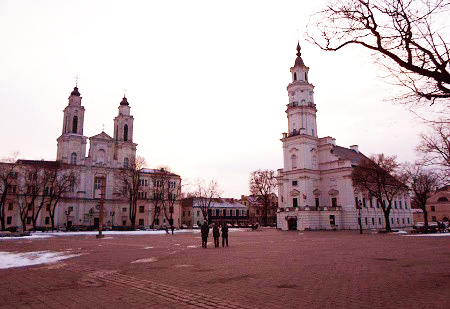Archival exhibition shows historical ties between Georgia and Lithuania

Georgia and Lithuania are celebrating bilateral cultural and historical ties by hosting a unique exhibition showcasing old texts and other archives.
Lithuania’s second largest city Kaunas is hosting the special exhibition titled Lithuania and Georgia in archival sources.
Anyone interested to learn more about how these documents connect the two countries are invited to visit Kaunas and experience the exhibition before it closes on September 30.
About 150 original documents were presented at the exhibition, as well as copies from Kaunas county archives, Lithuanian State Historical Archives, Lithuanian Central State Archives, the Central Historical Archive of Georgia and the National Archives of Georgia.
Documents on display depicted the connections between Lithuania and Georgia from as early as the 15th century to the 1940s.
"An exceptional segment of the exhibition are documents of Pazaislis Monastery,” said the Office of the Chief Archivist of Lithuania.
Some of these documents were from the personal funds of Kirion II, which were preserved at the National Archives of Georgia.
Kyrion II was a Georgian religious figure and historian who served as the first Catholicos-Patriarch of All Georgia after the restoration of independence (autocephaly) of the Georgian Orthodox Church from the Russian Orthodox Church in 1917. He served in this role until his assassination in 1918.
Kyrion II was an active proponent of the Georgian autocephalist movement, calling for the restoration of the autocephalous Orthodox Church of Georgia abolished by Imperial Russia in 1811. For this reason, he was removed from Georgia and sent to Kamenets-Podolsk (now Kamianets-Podilskyi, Ukraine) and later to Kovno (now Kaunas, Lithuania).
Throughout history the majority of the exhibited documents were brought to Georgia and preserved at Georgian National Archives in Tbilisi.
The exhibition in Kaunas was organised by the Lithuanian Central State Archives.
 Tweet
Tweet  Share
Share